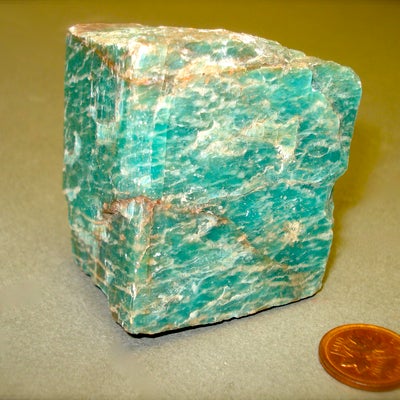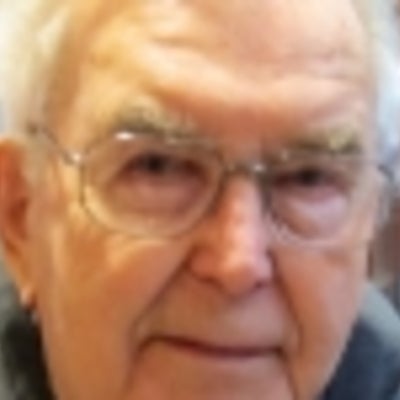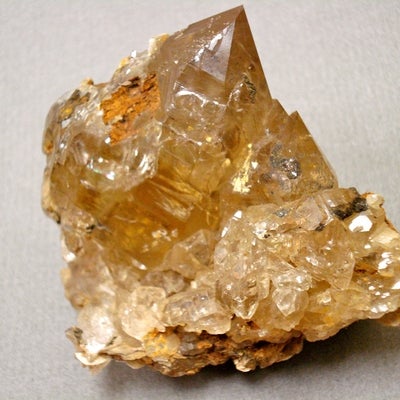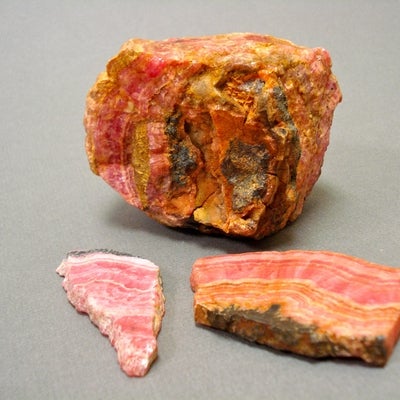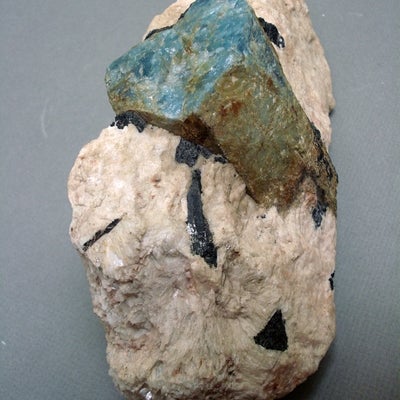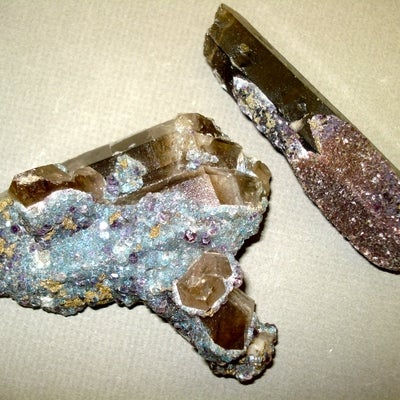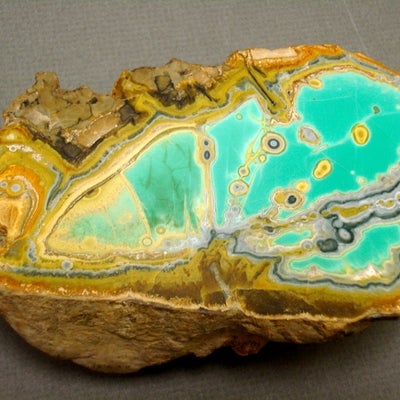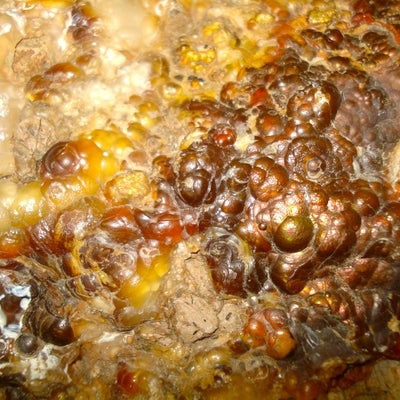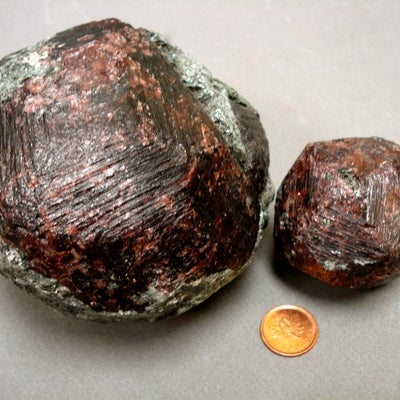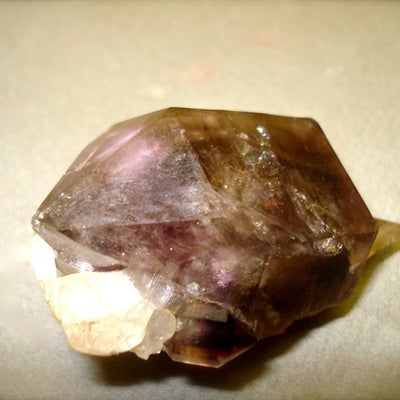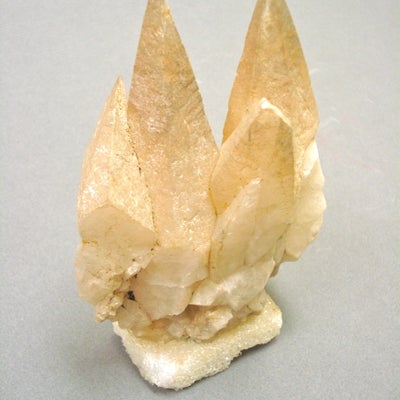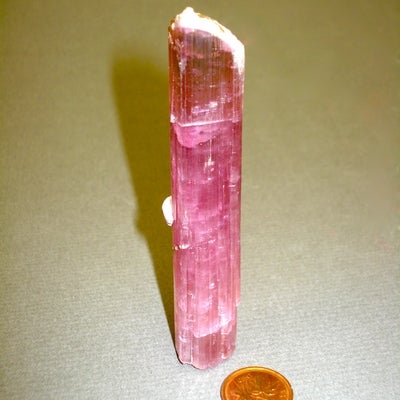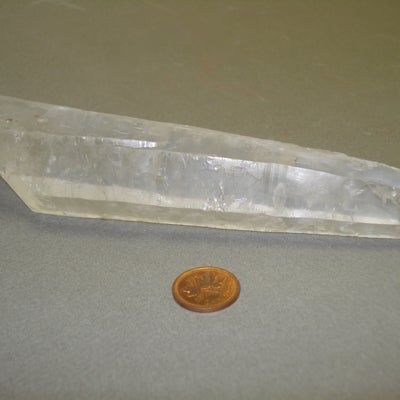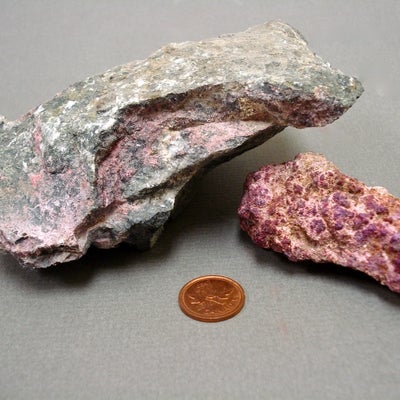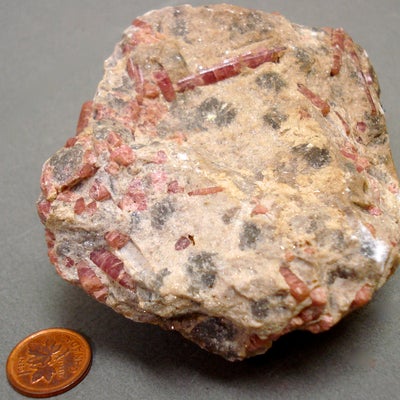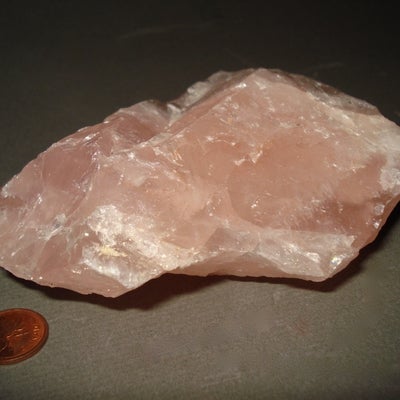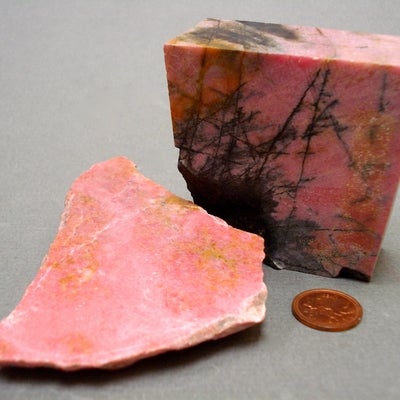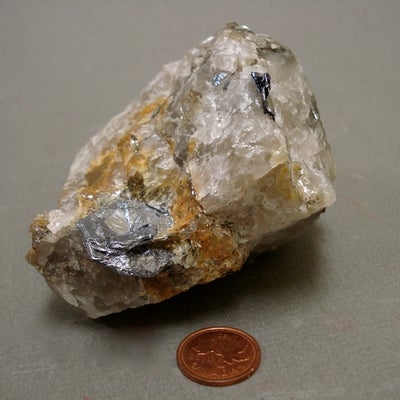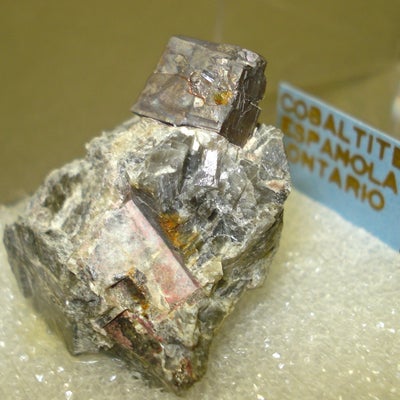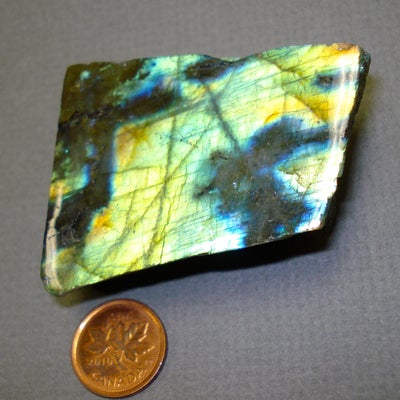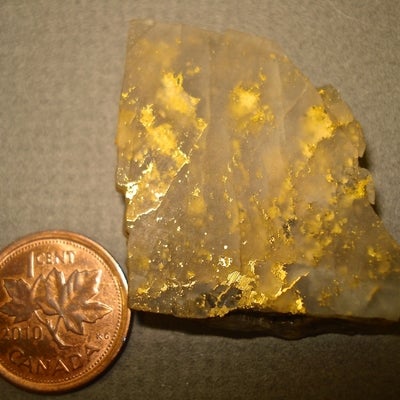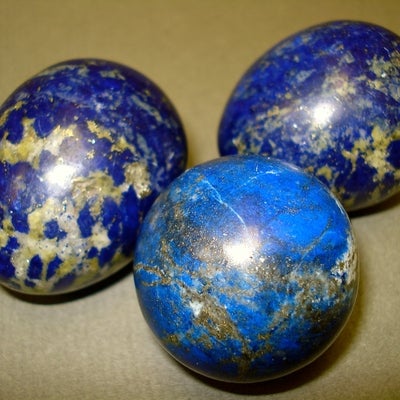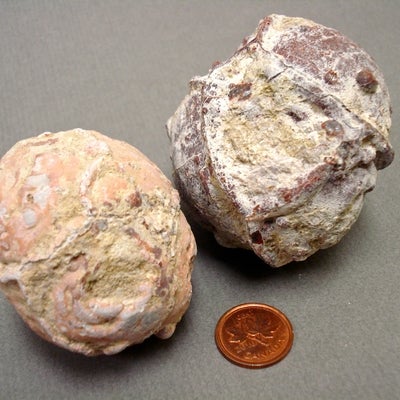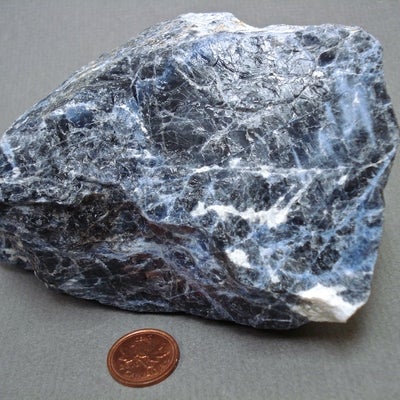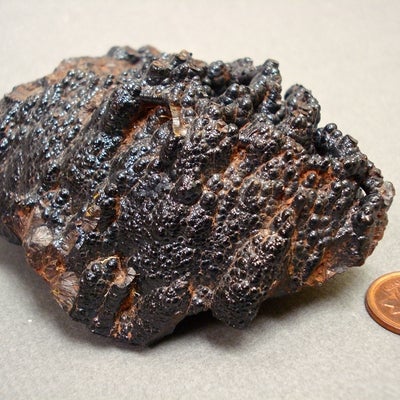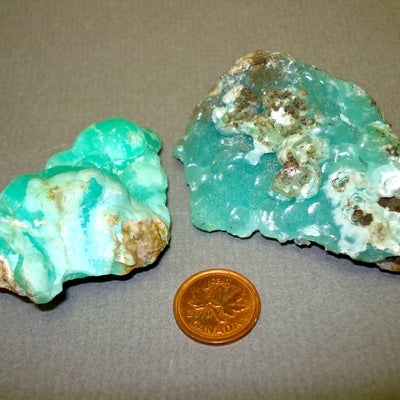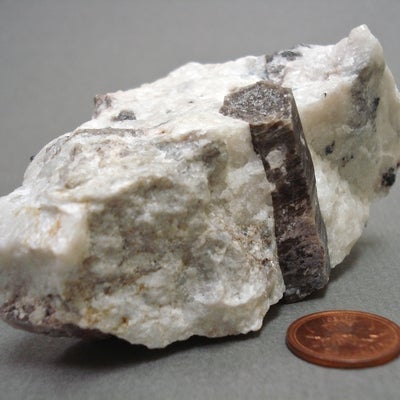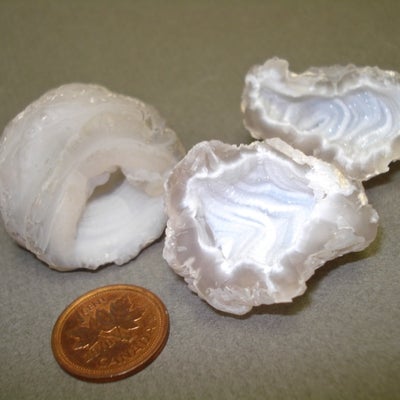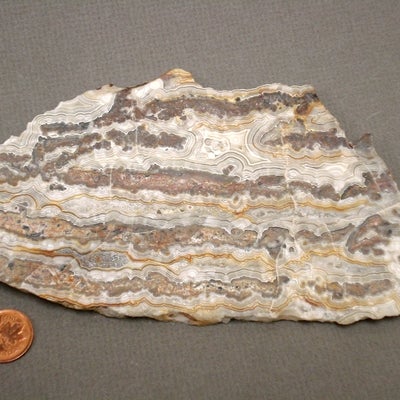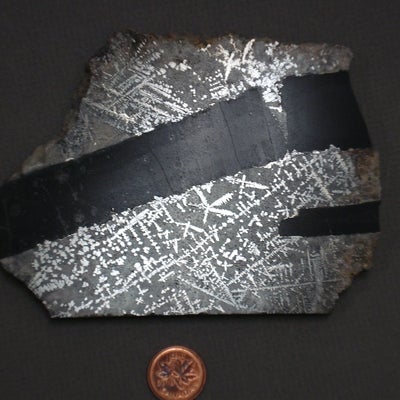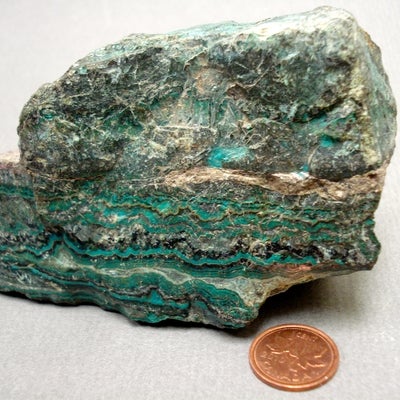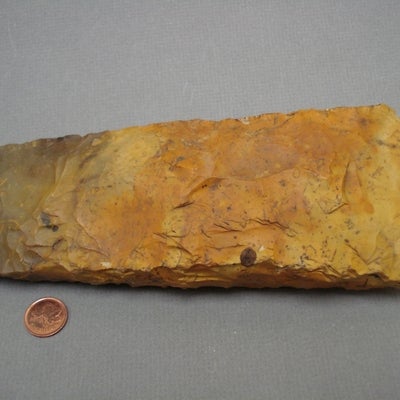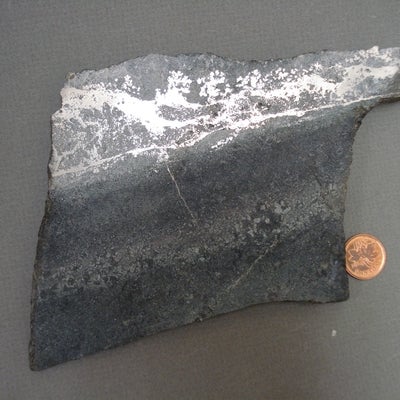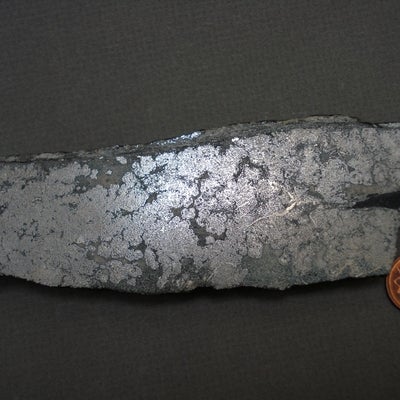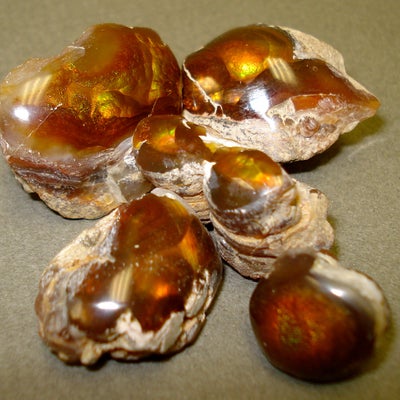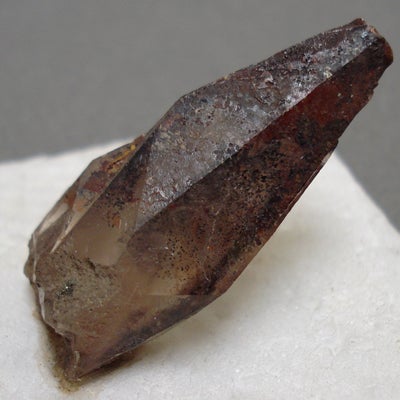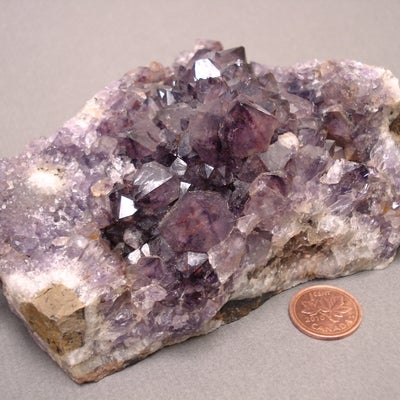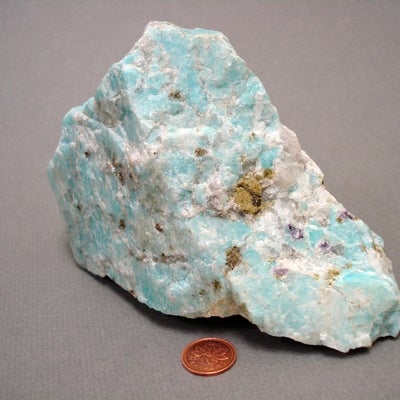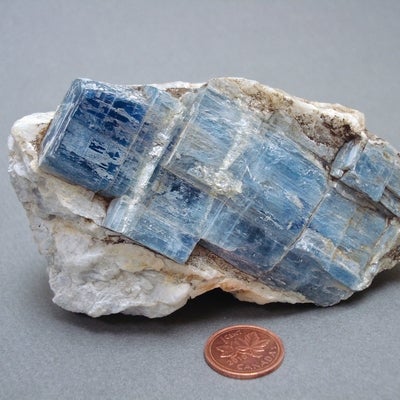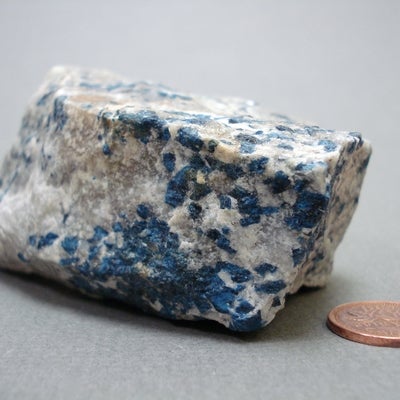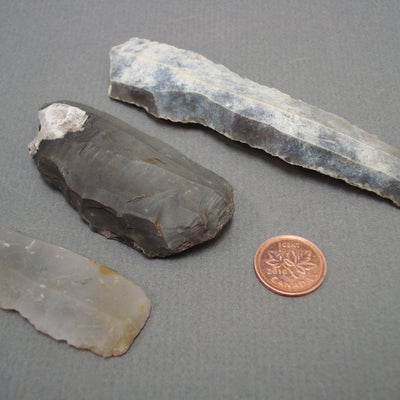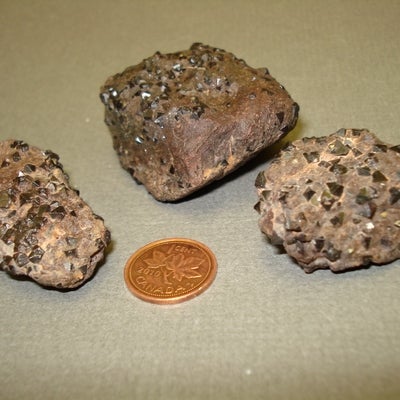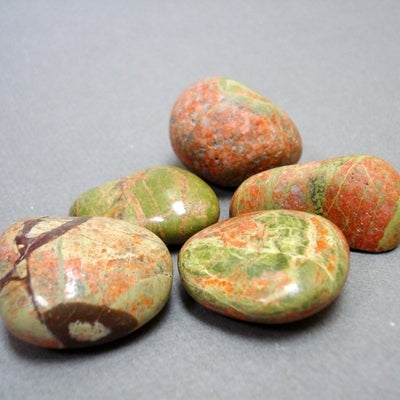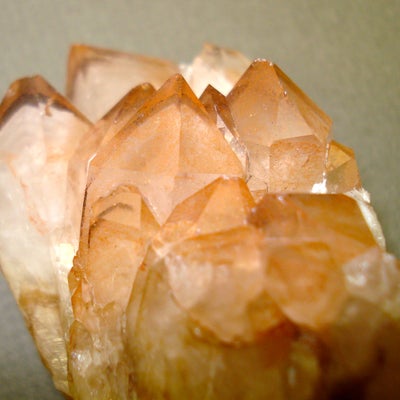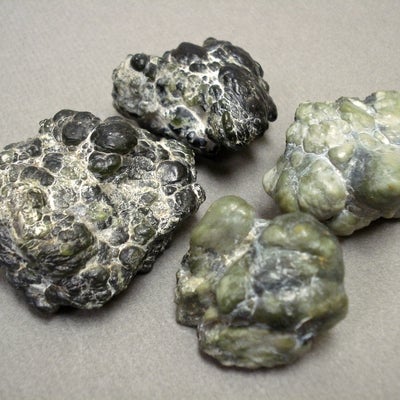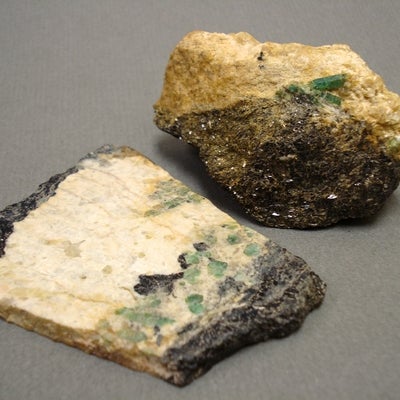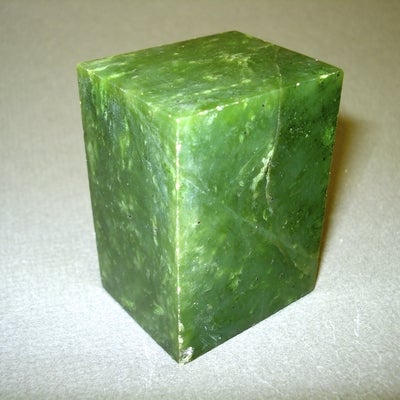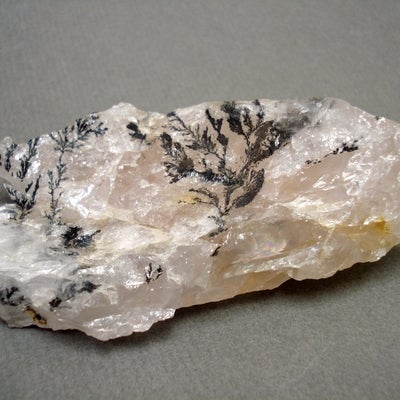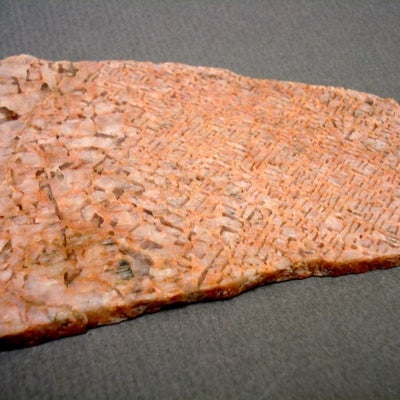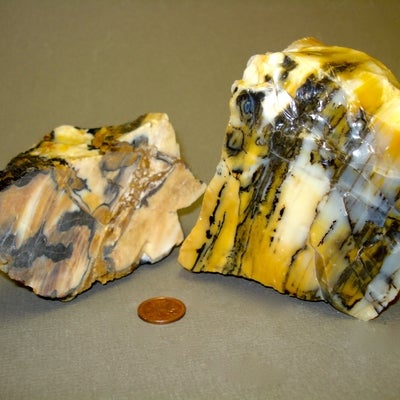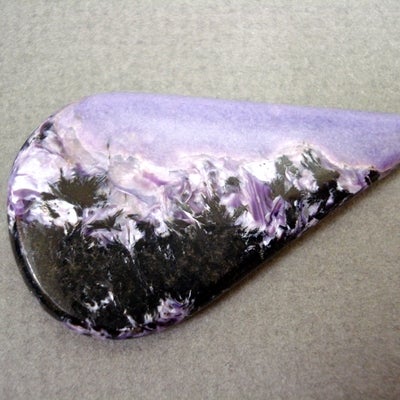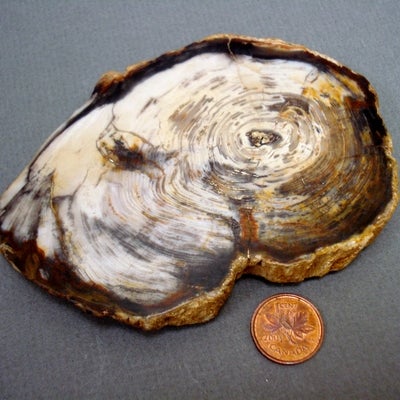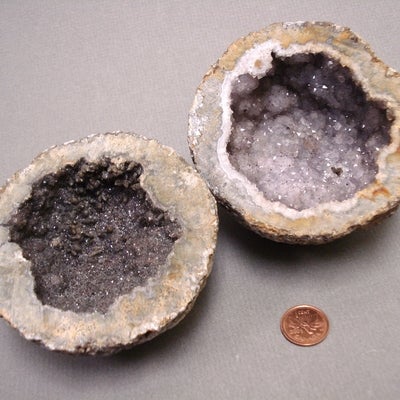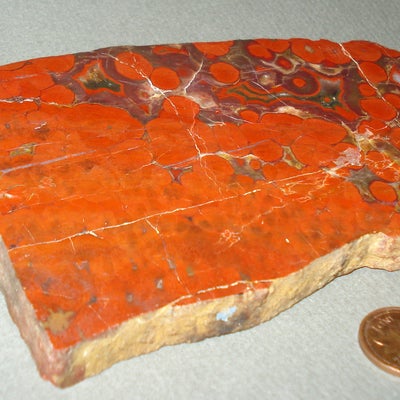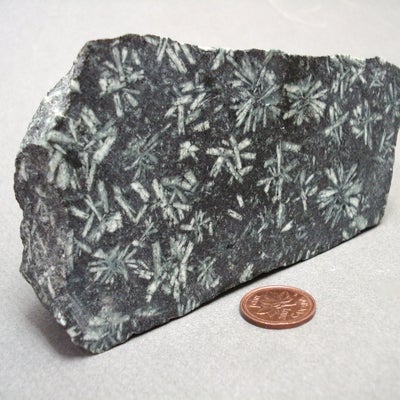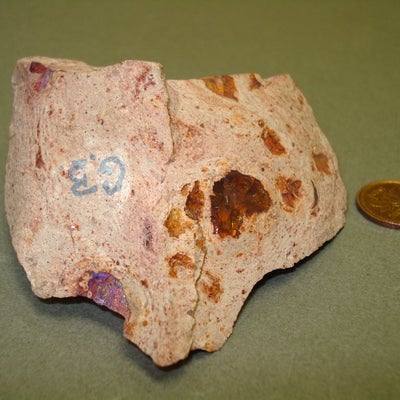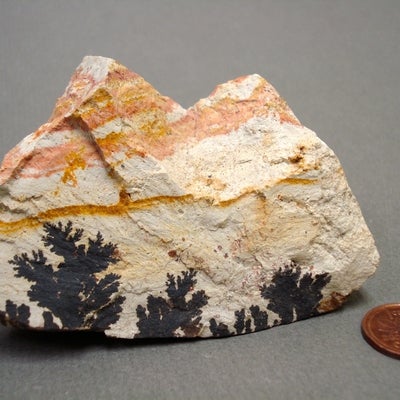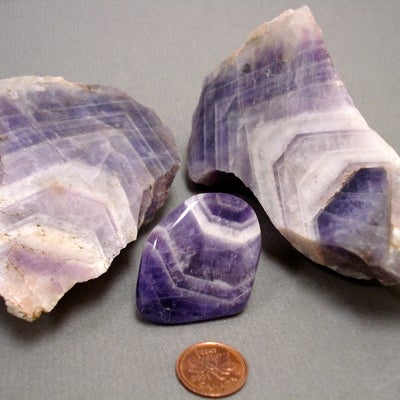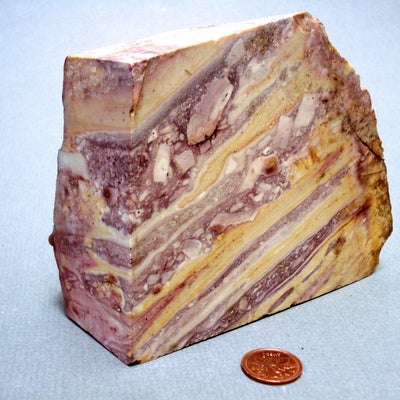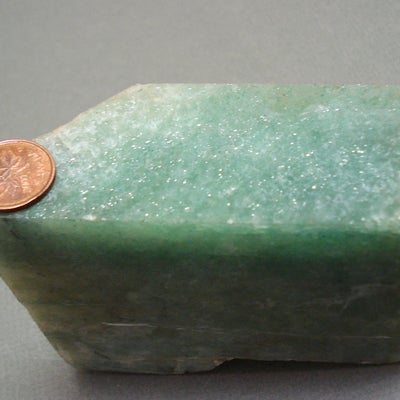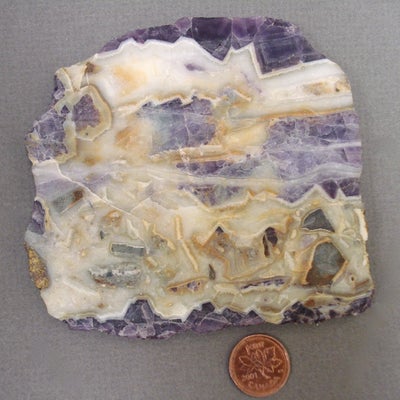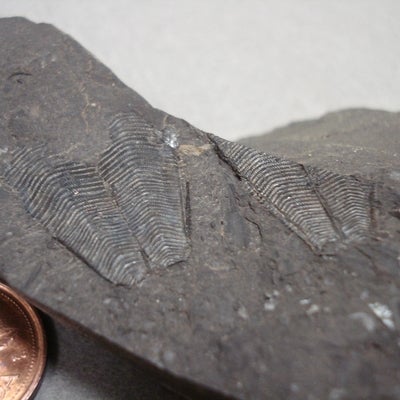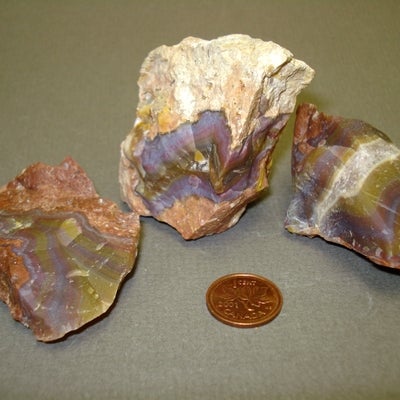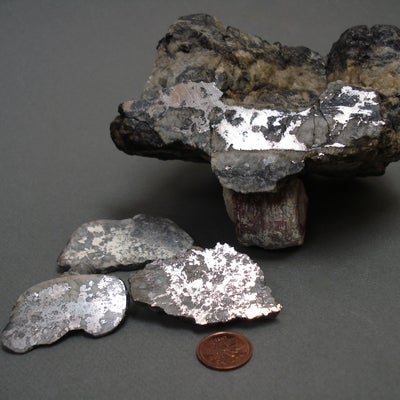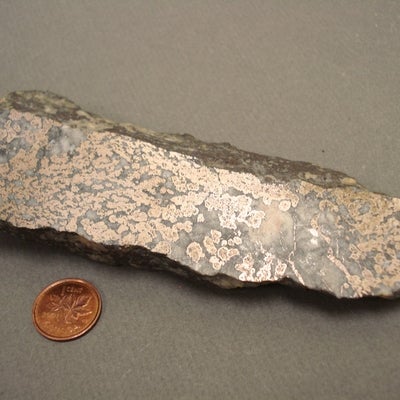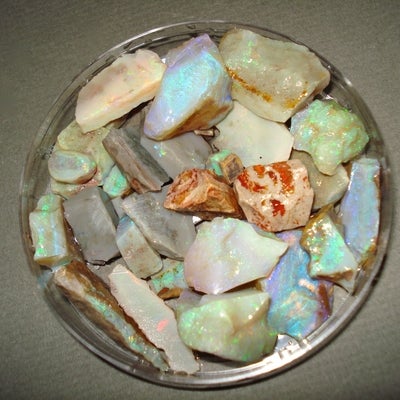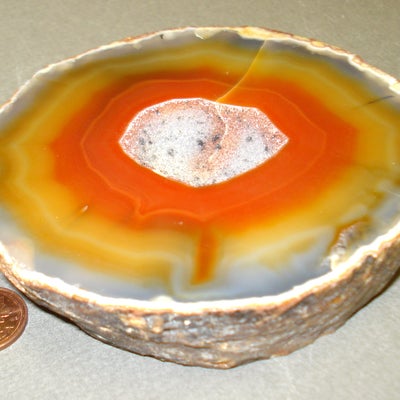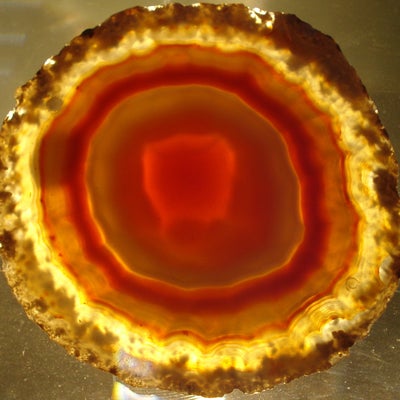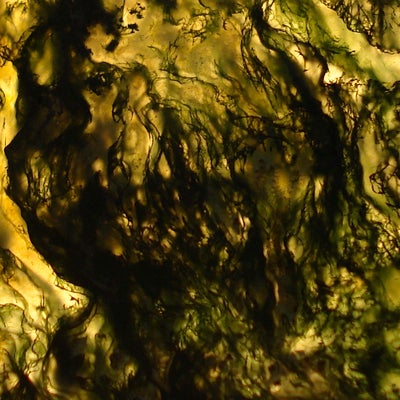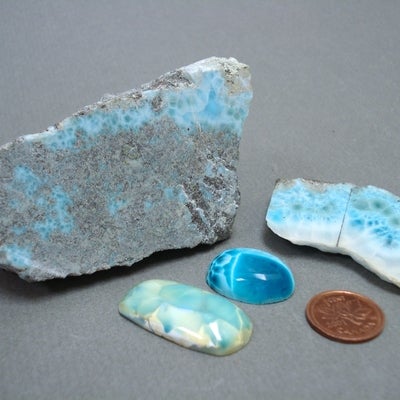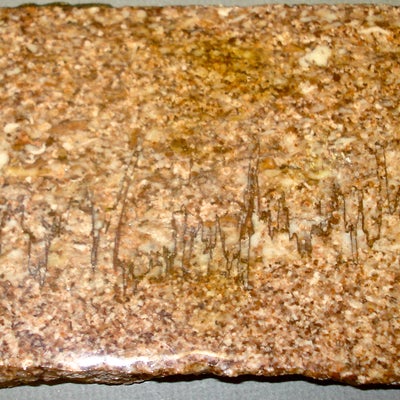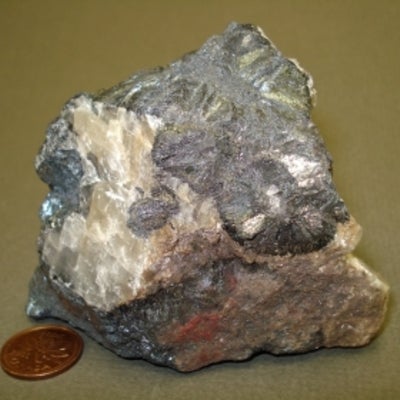Born in 1925, Peter Nielsen was raised on a farm on the eastern seaboard of Denmark. It was at the farmhouses of his neighbours, family and friends that he first discovered an interest in the history that lies hidden in the ground. Many of the local farmers displayed the remnants of stone-age tools they had ploughed up from the soil of their fields. These wondrous sights led a young Peter to quest for the same himself. Later, along the shores of the North Sea which lay not far from his front door, he found specimens of amber and seashells and learned of their significance in the history of trade and development between his ancestral northern kinsmen and the southern populations of what is now Europe. Thus at the young age of 10, Peter developed a passion for collecting all manner of mineral, fossil and artefact.


At age 16 Peter met Soren Knudson, founder of and chief contributor to the Glud Museum in Denmark and his interest grew again such that he spent the next 70 years continuing to collect and support the interests of amateur geology, archaeology and gemology. After emigrating to Canada in 1951 and settling in Woodstock, Ontario, Peter became active in the London Rock and Mineral Club. The experience of that good fellowship met the challenges of travel in Canadian winter, so Peter and friends convened the first meeting of a Woodstock club that kept close ties with London. Over the years Peter served as both President and Newsletter Editor for the Woodstock club and involved himself with clubs in Brantford and, briefly, Kitchener as well. He was a regular at rock and mineral shows in Burlington and Paris and lists Arkona and Bancroft as two of his favourite, regular hunting grounds. While Peter is very proud of his collection, he is even more pleased with the relationships that he developed over the years in sharing this hobby with men and women, young and old. While the specimens in the collection may vary in intrinsic value, each one holds a precious memory of people, places and times for Peter. With that in mind, Peter is extremely honoured and pleased that the University of Waterloo has accepted these pieces into their collection that they might bring future people together in the pursuit of knowledge, understanding and community.
